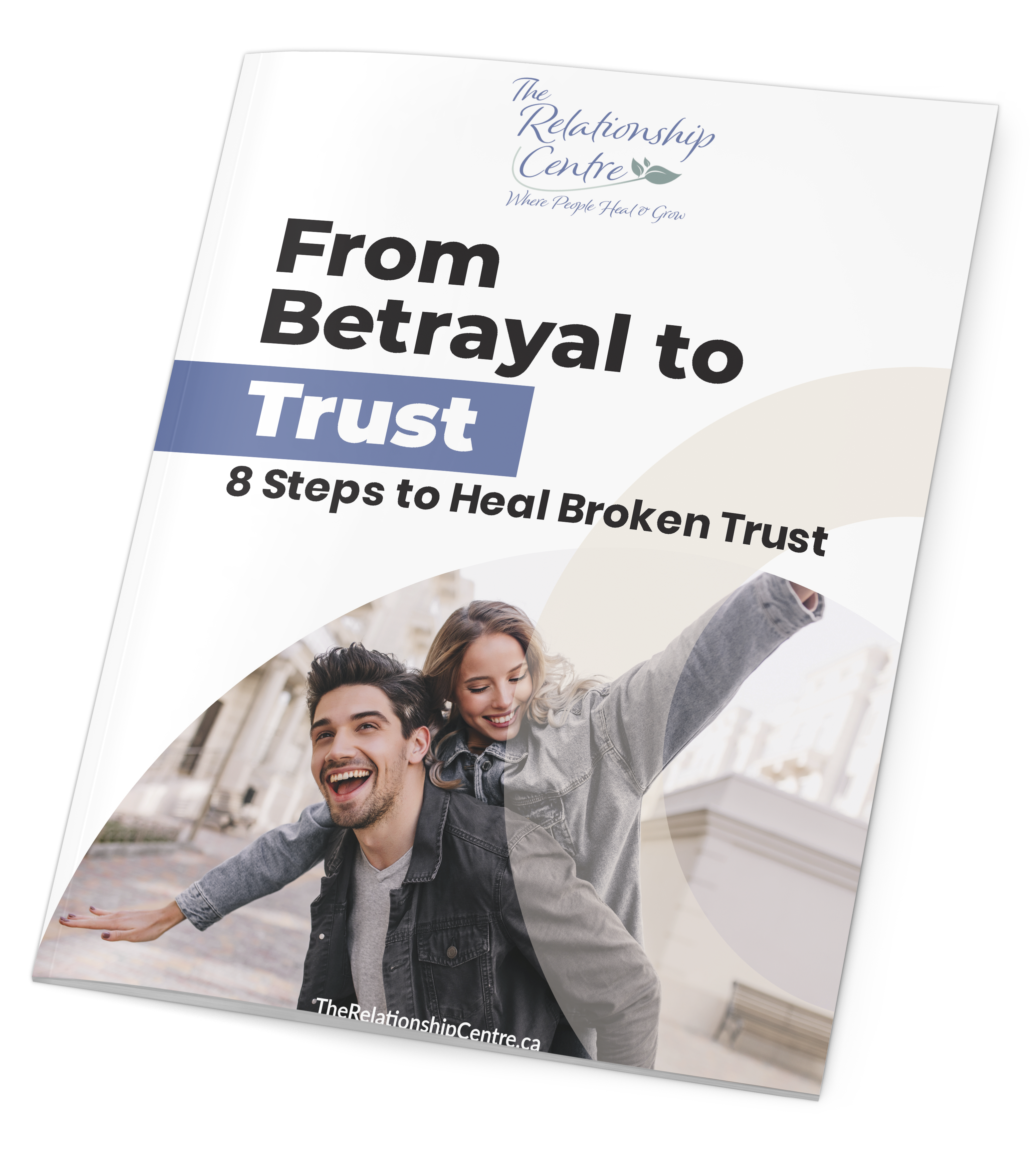Let’s face it, the current situation we are living in is proving to be challenging for ANY parent right now. Whether it is motivating them to do schoolwork or understanding what ‘social/physical distancing’ means is difficult for anyone. I thought I would share some insight into making lasting connections with your child and avoiding the power struggle that often occurs when patience is thin for everyone stuck in home isolation.
Not to be confused with Attachment Parenting; Attachment Focused Parenting is repairing and building a secure attachment between child and parent figures. Dr. Daniel Hughes is best known for the philosophy around creating safety and security with adopted or foster children where the initial bond with the child needs to be created at a later stage in a child’s development. I personally believe his work is helpful to all parents, especially those struggling to connect with a child and their unique temperament. There are several resources (books/online videos) on attachment focused parenting available. One of my favorites is “Everyday Parenting with Security and Love: Using PACE to Provide Foundations for Attachment” (Kim Golding, Daniel Hughes; 2012). PACE refers to Playfulness, Acceptance, Curiosity, and Empathy. These approaches combined with love and affection are building blocks that create a secure bond between parent and child.
Attachment Focused Parenting utilizes an approach called “Affective-Reflective Dialogue” (Hughes, 2011). Affective refers to your child’s feelings/emotions that are expressed verbally and non-verbally, and reflective refers to you as the parent saying what you are seeing in your child and being curious about it. This creates an opportunity for parents to provide validation to their child’s emotional experience which in turn creates security in your relationship with them. For instance, a child, out of frustration, states they ‘hate their brother/sister’ and want to hurt them in some way. The immediate reaction would be to provide a consequence, or maybe even ignore the child in hopes they figure it out themselves. What may not be attended to is the strong emotion that is being felt and expressed by your child. In our busy life as parents we don’t always have time to address every comment and pay attention to everyone’s needs in that moment.
As families are now spending more time together than ever before, there is increased potential for sibling conflict and the eruption of strong emotions. This presents the perfect opportunity to practice this approach. Remember the acronym PACE (playfulness, acceptance, curiosity, empathy) – the first concept playfulness may not fully apply, however, it would help to influence that you as a parent stay in a warm, calm emotional state. Acceptance and curiosity would allow you to help name the feeling your child is experiencing which helps them to understand and identify their emotions. And lastly, empathy allows you as a parent to convey a sense of compassion and caring for your child’s emotional experience in this situation. When your child feels safe to express their emotion and to be heard by YOU (regardless of whether you agree with how they are feeling), they feel safe knowing you are there understand what they are going through, which further creates a secure bond for your child. Once the situation is de-escalated, you can have further discussion about how to handle the situation next time.
This approach really works. Give it a try to change a negative cycle that you and your child may get caught in.
by Lori Eaton RP, MACP
If you are feeling ill-equipped to navigate this uncharted territory alone, we are here for you. Reach out today!
If you want to learn more about our services, we offer Family Therapy as well as therapy specific to Children & Teen Issues.










